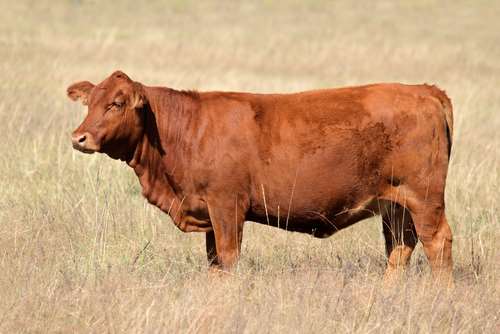Participation in the program is becoming mandatory
By Diego Flammini
Assistant Editor, North American Content
Farms.com
Changes to Saskatchewan’s Premises Identification (PID) program mean participation in the program is becoming mandatory for producers in the province.
The voluntary PID program launched in June 2014 and currently less than 3,000 of Saskatchewan’s livestock and poultry producers, veterinarians, feedlots and other livestock sites are enrolled, according to the Province’s Ministry of Agriculture.
Producers in Manitoba and Alberta are already required to participate in similar PID programs. Officials in Saskatchewan say the new regulations can help ensure livestock remain healthy and accounted for.

“Premises Identification is an important part of ensuring the health and safety of our province’s livestock,” said Saskatchewan Minister of Agriculture Lyle Stewart in a release. “With a full PID database, we’ll be in a better position to prevent or respond to an animal disease outbreak or natural disaster.”
The database allows for planning and the implementation of emergency responses during animal health concerns, natural disasters and other incidents where livestock could be impacted.
For producers who invest tremendously into their cattle, registering for a PID number can give them peace of mind.
“I want to make sure I’m in the best position possible to protect my cattle if a disease outbreak happens,” Rick Toney, Saskatchewan Cattlemen’s Association vice-chair, said in the release. “That’s why registering for a PID number just made sense; it was an easy way to make sure my cattle would be safe in an emergency.”
Producers can complete their registration online at http://premisesid.saskatchewan.ca.